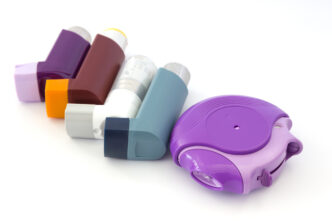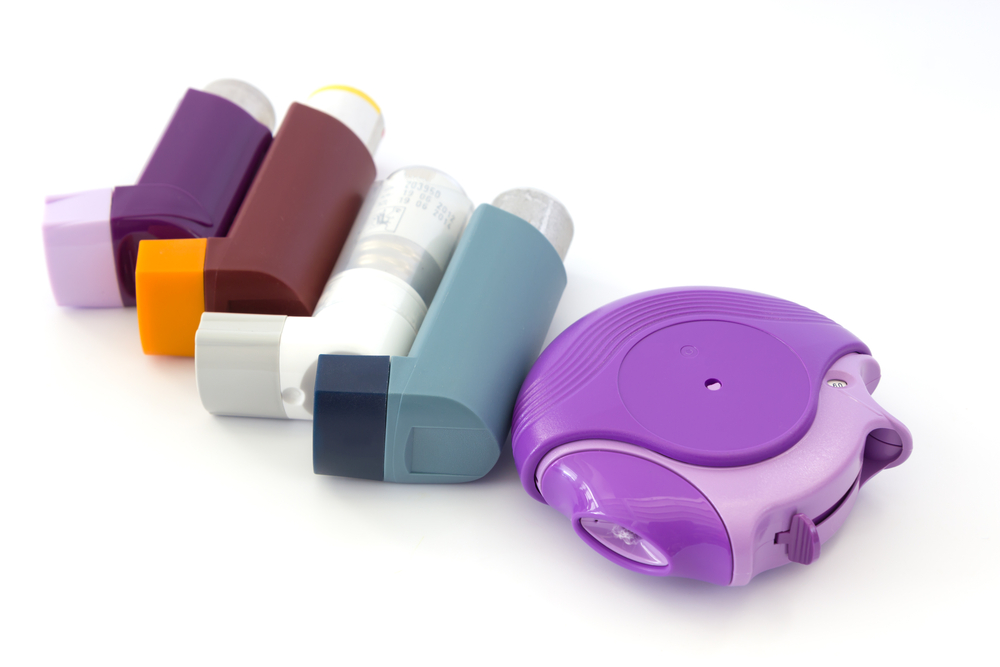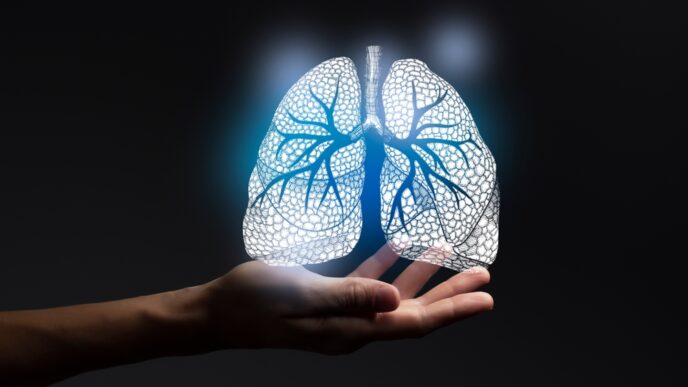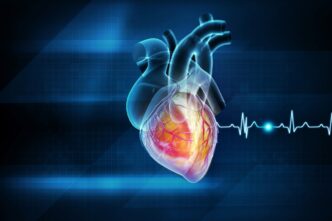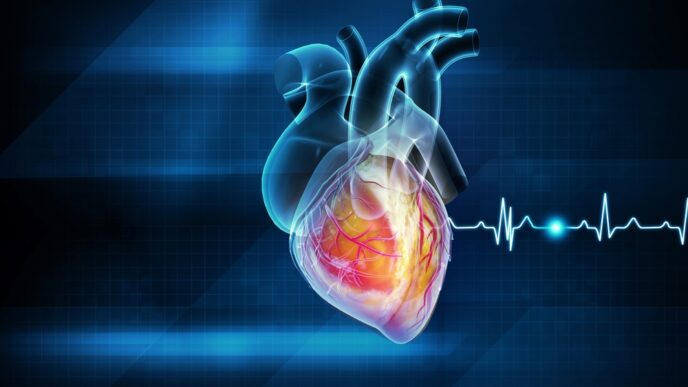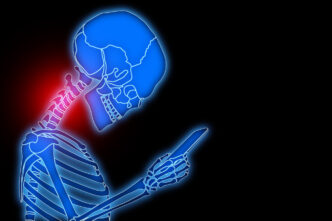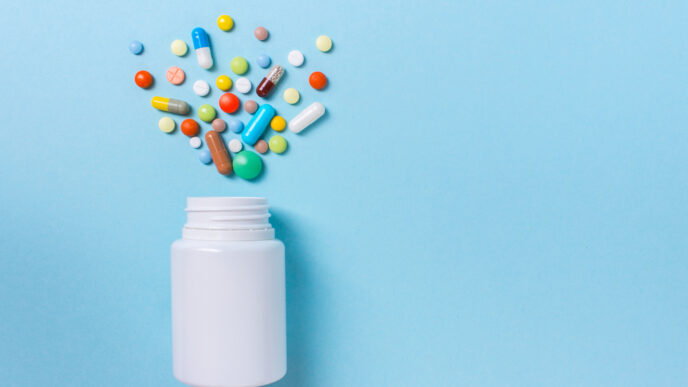Successful athletes such as David Beckham, Paula Radcliffe, Bradley Wiggins, and more have asthma yet it clearly didn’t hold them back. One of the not-so-secret methods to thrive while living with asthma is the correct use of inhalers. A consultant chest physician sheds important insight into this topic.
WORDS LIM TECK CHOON
 FEATURED EXPERT FEATURED EXPERTDR SUNDARI AMPIKAIPAKAN Consultant Respiratory Physician Norfolk and Norwich University Hospital |
MYTH 1
People with Asthma Don’t Have to Use Their Inhalers When They Feel Fine
This is not true.
Dr Sundari Ampikaipakan explains that this misconception arises because many people don’t fully understand asthma.
- Asthma is caused by swelling or inflammation of the airways in our lungs
- Because of this narrowing, someone with asthma can experience symptoms such as wheezing, shortness of breath, a sense of tightness in the chest and coughing.
- An asthma attack occurs when these symptoms suddenly worsen, and it can be life-threatening.
- Even without an asthma attack, however, inflammation can still be present in the lungs.
That is why people with asthma have two types of inhalers.
The preventive inhaler (brown, orange, or purple in colour)
- This is to be used daily — usually once in the morning and once in the evening — to keep the lung airways healthy by reducing inflammation.
- It should be used even when one is not experiencing symptoms of an asthma attack, unless the doctor says it is fine to stop.
|
The rescue or quick-relief inhaler (blue in colour)
- This inhaler is used during asthma attack to provide quick and short-term relief.
MYTH 2
Using the Rescue or Quick Relief Inhaler Every Day Will Improve My Asthma Management
Not true.
Dr Sundari emphasizes that this inhaler should only be used during an asthma attack to provide quick but temporary relief.
“It will not help to reduce the inflamed lung airways,” she says. “You need to use the preventive inhaler for that!”
Why you shouldn’t overuse the rescue or quick-relief inhaler
- It can cause side effects such as heart palpitations.
- If you also neglect to use the preventive inhaler daily, asthma attacks can become more frequent. This can lead to more hospitalization and increased medical expenses, as well as reduced quality of life.
If you experience frequent asthma attacks over a period of several days
|
MYTH 3
The Preventive Inhaler Contains Corticosteroids, and Steroids Can be Addictive. Using the Preventive Inhaler Therefore Can be Bad!
Not true.
Dr Sundari explains that there are actually many different types of steroids, and not all of them are dangerous or addictive. In fact, steroids can be found naturally in our body – many of our hormones are steroids.
People can become addicted to anabolic steroids, which is a type of steroids usually taken to enhance physique and improve sports performance.
However, these steroids are not the same as the corticosteroids found in the inhaler.
Inhaler corticosteroids are not addictive and, when used in the correct manner, they help to control asthma well without the long-term side effects caused by using oral corticosteroids.
MYTH 4
People with Asthma Cannot Exercise
Not true!
“In fact, exercise is very good for the lungs!” says Dr Sundari.
Both adults and children with asthma should aim to be active on a regular basis.
Good types of exercise include swimming, cycling and yoga.
Dr Sundari reveals that some people may experience asthma attacks after vigorous or prolonged exercise (exercise-induced asthma).
|
MYTH 5
Asthma Can be Completely Cured
Not true!
“Asthma is a chronic, or life-long, disease,” Dr Sundari tells us. “To date, we have not found a complete cure for it.”
However, some people may experience a decrease in asthma attacks as time goes by, or they become less dependent on inhalers after a period of good asthma management.
The key here is good asthma management!
| This article is part of our series on asthma and how it affects a child’s health and quality of life. |

